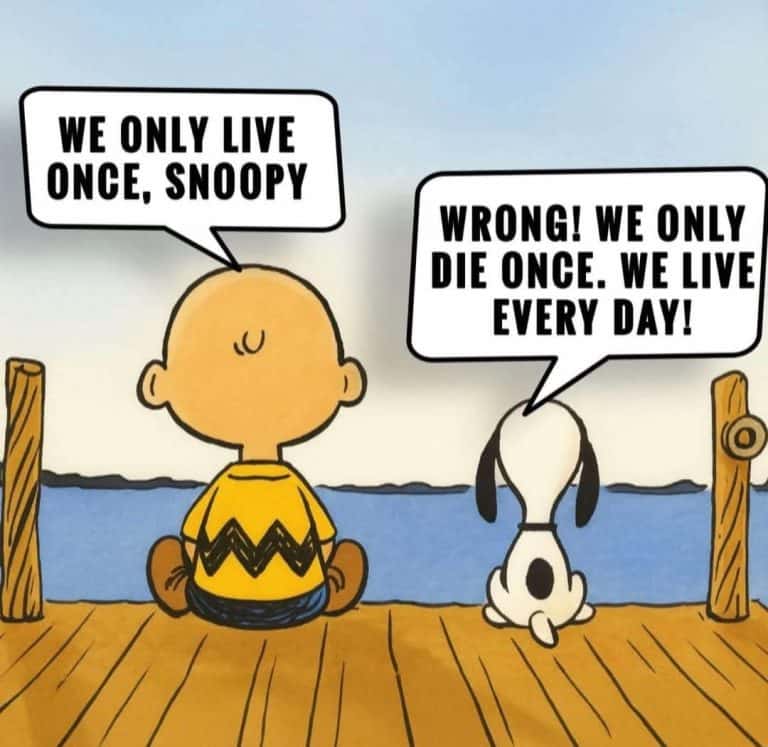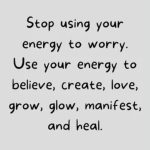The Blue Dot Effect: How Our Brains Trick Us Into Seeing Problems Everywhere
The “Blue Dot Effect” is a psychological phenomenon that reveals how humans unconsciously shift their perceptions of problems as circumstances improve. This often leads to persistent dissatisfaction despite objective progress. Rooted in a 2018 Harvard-led study, this concept—formally termed prevalence-induced concept change—explains why modern societies struggle to feel content, even as quality of life advances.
What Is the Blue Dot Effect?
In the original experiment, participants were asked to identify blue dots among a spectrum of blue-to-purple hues. Initially, they accurately distinguished blue from purple. However, as researchers reduced the number of blue dots, participants began labeling purple dots as blue. Their definition of “blue” expanded to include shades they previously categorized as purple. They did this even when warned about the change or offered financial incentives to stay consistent.

This effect wasn’t limited to colors. When participants judged threatening faces or unethical research proposals, they similarly expanded their definitions of “threatening” or “unethical” as genuine examples became rare. The brain, it seems, recalibrates its thresholds for identifying problems. This ensures we remain vigilant even when threats diminish.
Implications for Modern Society
- The Paradox of Progress
Despite measurable advancements—reduced poverty, longer lifespans, and safer environments—many people perceive the world as increasingly troubled. For example, crime rates in Western nations have fallen for decades. Yet media coverage and public anxiety about safety often intensify. This mirrors the Blue Dot Effect: as major threats decline, minor issues (e.g., online harassment, microaggressions) become magnified. - Amplified Social and Political Polarization
The effect fuels perpetual outrage in politics and culture. As overt discrimination becomes less common, societal definitions of “harmful” behavior broaden. Words or actions once deemed neutral may now be labeled problematic, creating cycles of conflict. This dynamic explains why debates over language, ethics, or identity often feel disproportionately charged despite objective improvements in equity. - Personal Dissatisfaction in an Age of Abundance
Material success rarely delivers lasting happiness. For instance, while technology has streamlined daily tasks (e.g., instant communication, fast food delivery), people grow frustrated over minor delays. This is a stark contrast to past generations who waited weeks for mail. The Blue Dot Effect ensures that each achievement resets our expectations, making former luxuries feel like entitlements. - Media’s Role in Distorting Reality
News and social media amplify negativity, feeding our brain’s bias to seek problems. Headlines prioritize crises over incremental progress, reinforcing the illusion of decline. Studies show that constant exposure to alarming content heightens anxiety, even when personal experiences contradict the narrative.
Combating the Blue Dot Effect
Awareness is the first step. By recognizing this cognitive bias, individuals and societies can reframe their perspectives:
- Practice Gratitude: Regularly reflecting on improvements—like healthcare access or reduced violence—counteracts pessimism .
- Limit Negative Inputs: Reducing consumption of fear-driven media helps recalibrate threat detection.
- Embrace “Better Problems”: Accept that progress doesn’t eliminate challenges but elevates their quality. For example, striving for work-life balance replaces earlier struggles for basic labor rights.

Conclusion
The Blue Dot Effect underscores a timeless truth: human perception is malleable, not objective. While evolutionary wiring once helped us survive threats, it now distorts our view of an increasingly safe and prosperous world. By acknowledging this bias, we can cultivate resilience against dissatisfaction. This allows us to appreciate the quieter victories of modern life—like the fact that, for most of us, the biggest daily annoyance is a slow Wi-Fi connection, not starvation or war.
Thank you for riding with me!
https://youtu.be/ApMTuyRusZc
https://noggy.org – The Noggy.Net
Visibility: Sunny
*GPS Coordinate Data Provided on bottom left corner with date and speed*
Destinations in West Virginia by appearance:
South Charleston
Dunbar
Institute
Cross Lanes
Nitro
Saint Albans (20:00)
Charleston
Kanawha City – 35th Street Bridge (1:30:00)
Cross Lanes – Nitro Marketplace (1:58:00)
Elk City/West Side – US119/Pennsylvania Avenue North (2:53:30)
US60/Patrick Street Bridge (3:40:00)
Ashton Place (4:15:00)
Listen while you ride: My Spotify Playlists
https://open.spotify.com/playlist/5FI2WfzKqFIz5dD0BOA1iw?si=4f12084e12b247ec – Mix
https://open.spotify.com/playlist/5IWoDtlir7k6eww0PNVdGh?si=dca253ebf4e94ac1 – Chill
https://open.spotify.com/playlist/4TNiUuJHvogwtk7ZxWoOpl?si=d4594c2bf5ff4328 – Upbeat



